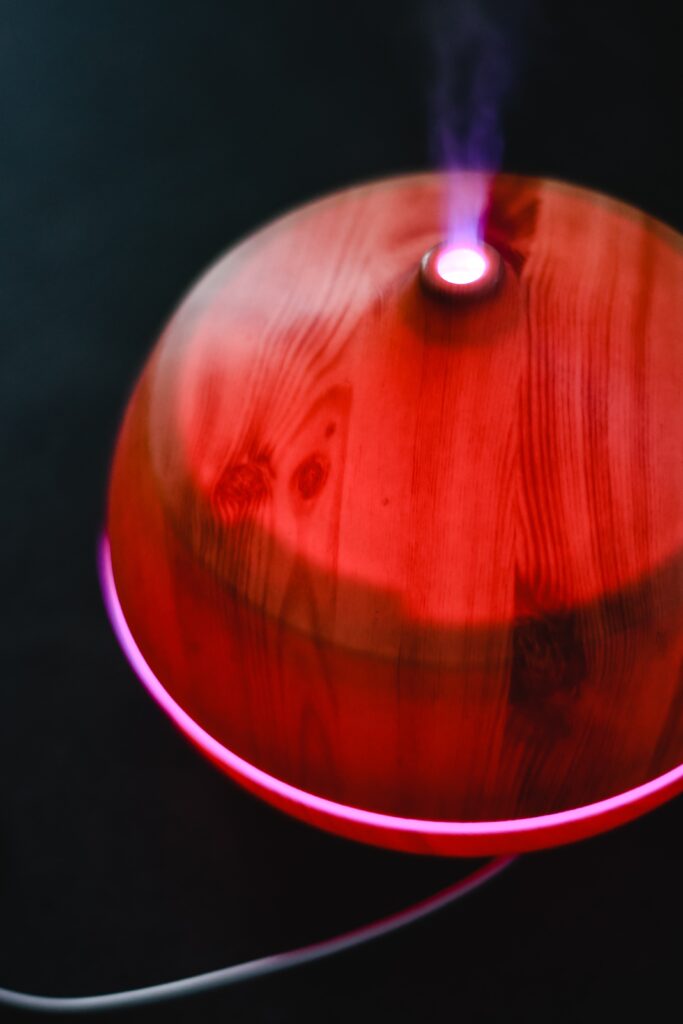
Accepted air quality standards have a lot to say about what a home’s best humidity level is, but of course, everyone in the business also has opinions on what the best possible humidity is for comfort, allergies, and preservation of your prized mink coat.
When it comes to indoor air quality, humidity is often an overlooked factor. While most people know that high humidity can lead to discomfort and mold, few people know about the many benefits of maintaining the humidity sweet spot. Whether you’re concerned about your health, comfort, or belongings, understanding the ideal indoor humidity range can help you create a healthier, happier home.
The American Society of Heating, Refrigerating and Air-Conditioning Engineers (ASHRAE) recommends maintaining indoor humidity levels between 30% and 60% for optimal comfort and health. I think that’s a worthwhile measure and it’s not so bad at either extreme, but people who work with me will know that I’ve adopted the MUCH smaller range of 40% to 49% as the sweet spot for both comfort and indoor air quality. There are always going to be slight variations, so I don’t sweat it if it jumps to 50 or drops to 39 for a few hours in the day or night.
Why does humidity matter so much? For starters, low humidity can cause a range of health problems, from dry skin and eyes to respiratory issues and allergies. On the other hand, high humidity can promote the growth of mold, dust mites, and other allergens, which can worsen allergy and asthma symptoms.
In addition to its effects on health, humidity can also affect the preservation of some materials. For example, maintaining proper humidity levels is crucial for preserving wooden instruments, artwork, and furniture. High humidity can cause wood to warp and crack, while low humidity can cause it to dry out and split. Similarly, high humidity can cause artwork to warp and mold, while low humidity can cause it to become brittle and crack.
Of course, the ideal humidity level will vary depending on the specific needs of your home and the people and belongings within it. Some people are only comfortable if their home sits at 60% humidity! I don’t fault them, but I do have sympathy for the people who have to live with them. If you live in a particularly humid climate, you may need a whole home dehumidifier to keep your indoor humidity levels in check. If you have a lot of wood or leather furniture, you may want to invest in a humidifier of a similar size to keep your possessions from drying out and cracking.
When it comes to maintaining our humidity sweet spot, there are a few tips to keep in mind. First, make sure your home is well-ventilated to prevent moisture buildup. This can include running the HVAC system continuously (do this anyway), running fans on a low setting all the time (also this), or using exhaust fans in the bathroom and kitchen (or an ERV if you have one installed). Additionally, you may want to invest in a hygrometer to measure the humidity levels in your home and adjust accordingly.
Now, after all that: if you want to look at me and say: “Samar, I’m not in control of the humidity in my house!” Then we have a lot to talk about. Click the button below to get that conversation started:

